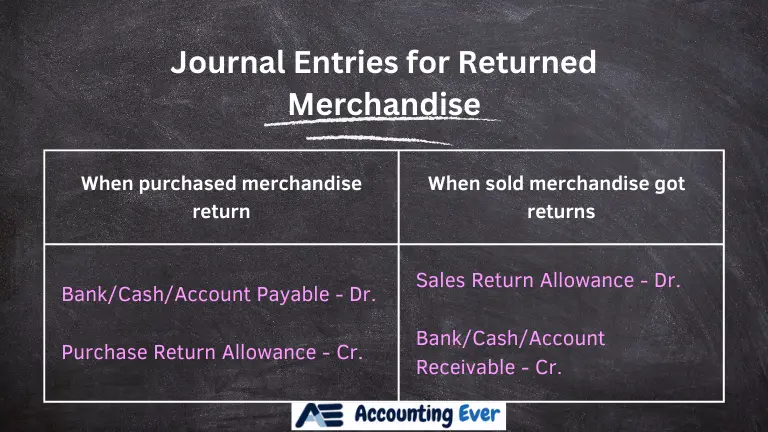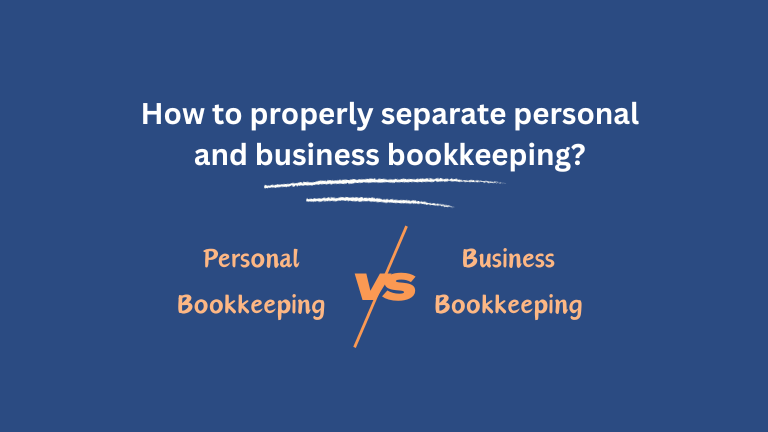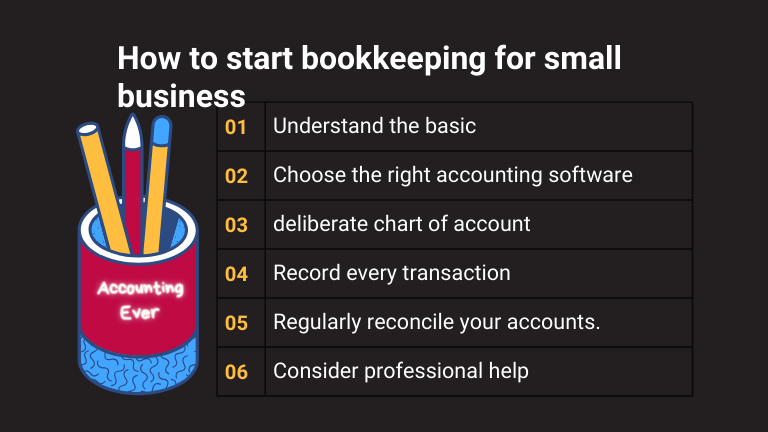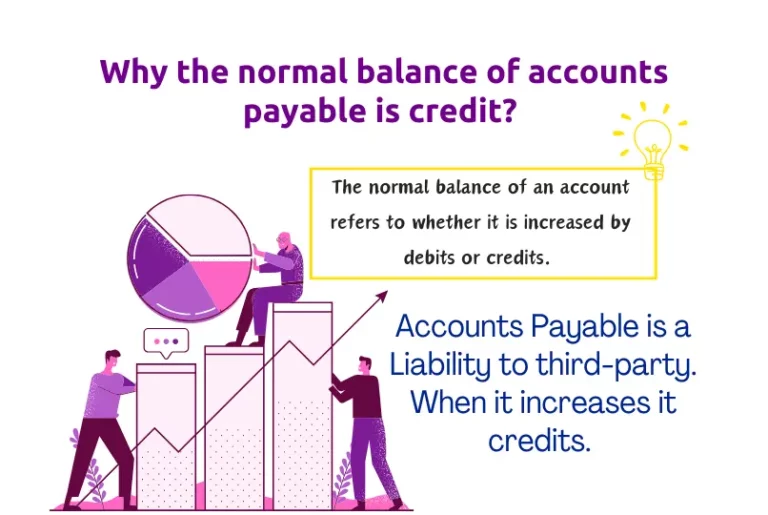10 steps to do basic bookkeeping for self employed
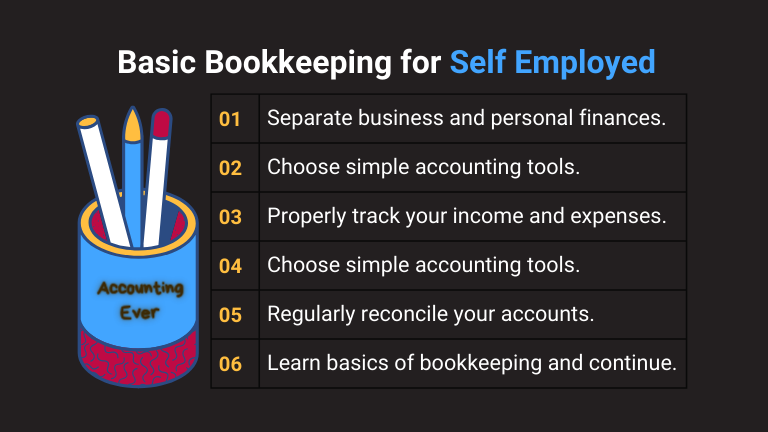
Being self-employed comes with its own set of challenges, and one crucial aspect that often demands attention is bookkeeping. While the thought of managing your finances might seem overwhelming, mastering the basics of bookkeeping can be a game-changer for your business.
In this blog post, we’ll walk you through the essential steps of basic bookkeeping, empowering you to take control of your financial affairs and make informed business decisions.
Table of Contents
Organize Your Finances:
Before diving into bookkeeping, take some time to organize your financial documents. Keep track of your invoices, receipts, and any other relevant paperwork. A well-organized system will save you time and make the bookkeeping process much smoother.
Separate Business and Personal Finances:
One common mistake among self-employed individuals is mixing business and personal finances. Open a separate business bank account to keep your professional and personal transactions distinct. This separation simplifies bookkeeping and ensures accurate financial reporting.
Choose Simple Accounting Tools:
You don’t need to be an accounting expert to handle your finances effectively. Choose user-friendly accounting tools or software that caters to the specific needs of the self-employed. Platforms like Wave or QuickBooks Self-Employed are designed with simplicity in mind.
Create a Basic Chart of Accounts:
Develop a straightforward chart of accounts tailored to your business. Include categories such as income, expenses, assets, and liabilities. This foundation will serve as a roadmap for organizing your financial transactions.
Track Your Income:
Keep a detailed record of all your income sources. Whether it’s payments from clients, sales of products, or any other form of revenue, document each transaction. This step is critical for understanding your business’s financial health.
Categorize Your Expenses:
Categorize your expenses to gain insights into where your money is going. Common expense categories for the self-employed include office supplies, marketing costs, utilities, and travel expenses. Accurate categorization facilitates budgeting and helps identify areas for potential savings.
Regularly Reconcile Your Accounts:
Reconciliation ensures that your accounting records align with your bank statements. Regularly compare your recorded transactions with your bank statements to catch any discrepancies. This practice is vital for maintaining the accuracy of your financial records.
Set Aside Taxes:
As a self-employed individual, you are responsible for your own taxes. Set aside a portion of your income for tax payments to avoid financial strain when tax season arrives. This proactive approach ensures that you’re well-prepared and compliant with tax regulations.
Utilize Technology for Invoicing:
Streamline your invoicing process by using technology. Many invoicing tools allow you to create and send professional invoices with ease. This not only saves time but also helps you keep track of outstanding payments.
Stay Educated and Seek Help When Needed:
The world of finance is ever-evolving, so stay informed about changes that may impact your business. If you find bookkeeping overwhelming or encounter complex financial situations, don’t hesitate to seek professional advice. A consultation with an accountant can provide valuable insights and peace of mind.
Bottom Line:
Mastering basic bookkeeping for the self-employed is a journey that starts with organization and commitment. By implementing these fundamental steps and staying proactive in managing your finances, you’ll not only gain control over your financial affairs but also position yourself for long-term success as a self-employed entrepreneur.
